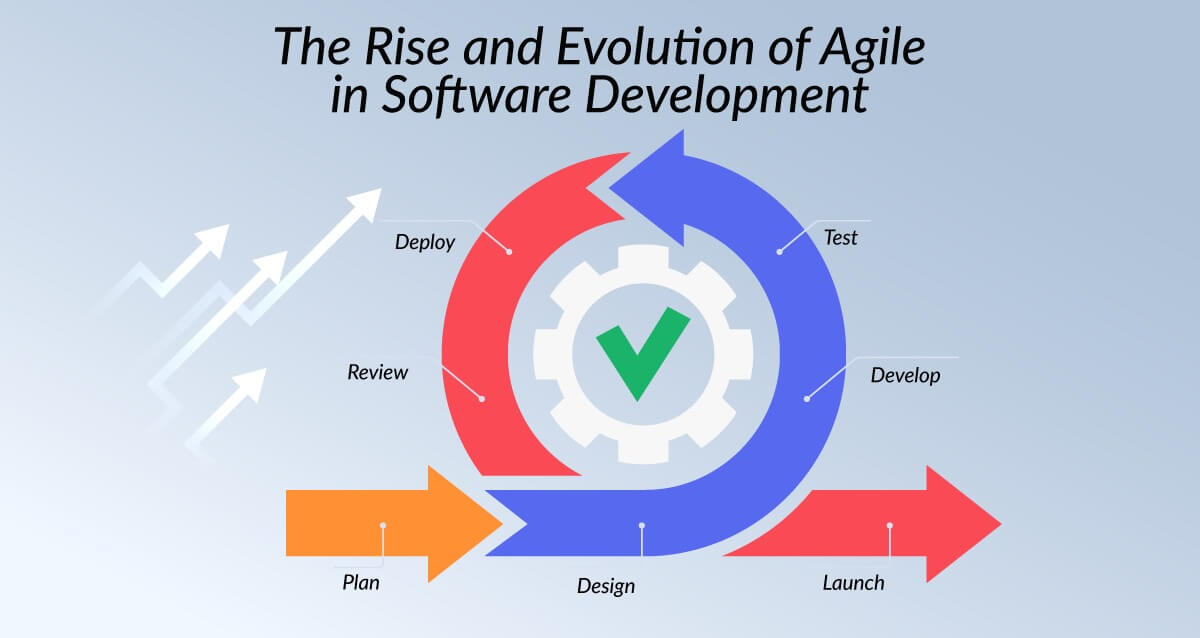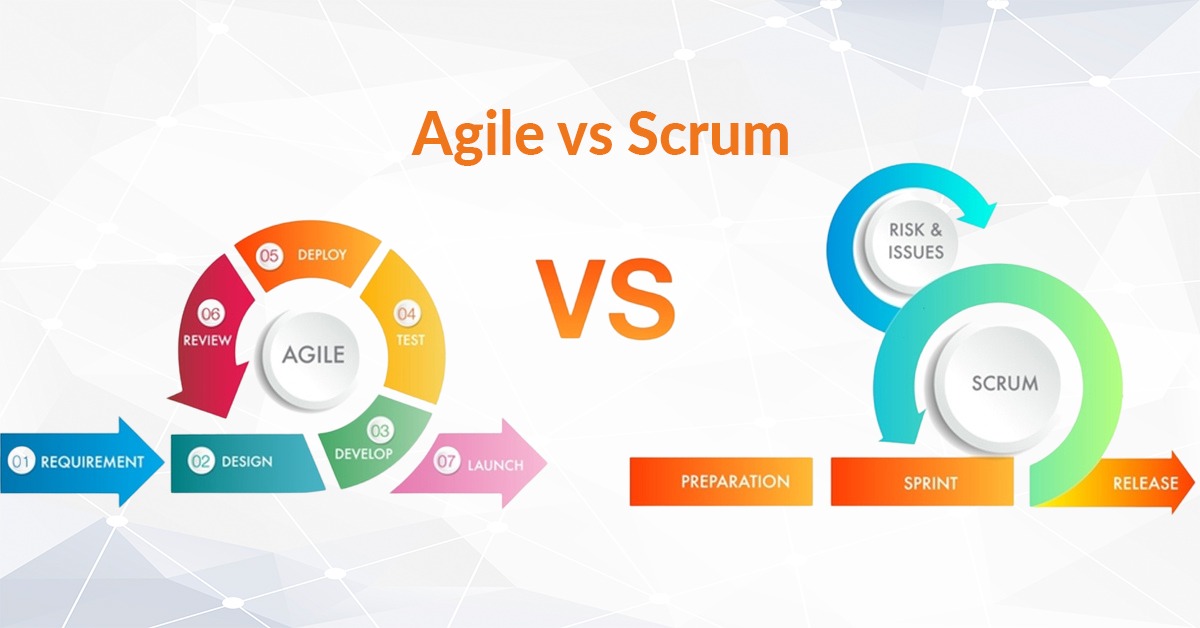An Agile Environment Must Include Ops to become Truly Agile. Many organizations implement an agile methodology and get mixed results, while many others make excellent progress in applying agile best practices, and still face challenges such as botched deployments, missed dates, and low quality.
What are the factors that deprive organizations of achieving desired results even after applying agile? Many An Agile Environment experts point to certain agile methodologies concentrating only on the development side of the house, and in doing so they ignore the operations side of the house. Organizations need to realize that these two sides are required to collaborate and work in tandem to deliver the desired results, which is one of the key goals of DevOps.
Organizations that ignore incorporating operations into their software development lifecycle (SDLC) often create the following patterns:
Environment Hell
Systems administrators are often skilled at their jobs, but reading developers’ minds is really not their core competency. Quite often the development team does a wonderful job of iterating through a sprint, and later it gets blocked due to environmental issues.
Either the environments are improperly configured, or they are not provisioned in time, and sometimes both. Limited or improper communication upfront with the system administrators is a leading cause behind such environmental issues. In the end, as code reaches to the QA environment from the developers’ laptops, factors that have worked in development fail miserably in QA. This situation then follows the attempts to debug the environment, which leads to unnecessary time waste.
An Agile Environment Hell creates a lot of issues for organizations. An enterprise can prevent wasting its time in deploying, configuring, debugging, reconfiguring, and redeploying by making required changes in the SDLC and realizing the importance of the systems administrators within the team.
Inconsistent Deployments and Environments
Inconsistent environments enable enterprises to detect challenges in production that were not discovered in testing. Such environments give rise to a downward spiral of doom and lead to the appearance of critical bugs needing immediate fixtures. Ultimately, the situation forces the team to either roll back the deployment or find immediate solutions to be deployed in a rush; whichever option a team chooses, creates more challenges, which in turn creates more urgencies to tackle.
Enterprises must implement a process having the ability to create consistent environments and builds. Continuous integration encourages developers to analyze code in the trunk every day; they are also required to ensure that unit tests have been executed and passed before sending the code into the build. That way, CI guarantees that the build always has working code. Continuous delivery eliminates all of the configuration-related issues mentioned above.
Also, enterprises must also ensure that the deployment is totally automated. Apart from the deployment, a rollback plan must also be tested and automated. The issue with agile is that the business and development users’ stories get more attention, and in turn, the operations stories get neglected.
Running Blind
Now after enterprises have straightened out their An Agile Environment and the deployment has been automated, the job is still not done. Still, many enterprises remain unconfident about whether their deployed codes will be still running tomorrow or not. It requires continuous monitoring as well as application monitoring from enterprises; they need efficient tools that can warn them in advance before their services start to degrade in performance or if they are transferring too much data over the wire. Moreover, they are required to set up baseline metrics and also application metrics.
One can find many modern monitoring tools inspecting the entire pack of applications and detecting bottlenecks. Application monitoring plays a vital role in identifying application issues when traffic flows in and out of the system. The system requires tuning from time to time and it’s a never-ending process; the process in turn should be accounted for when product owners commit to the next sprint. The importance of tuning is another reason to include operations within the overall team so that development and product can be informed about the underlying performance of the entire system. This proactive approach minimizes the odds of the team being totally unaware of unexpected system bottlenecks.
Ops and Agile
Many implementations involving agile methodologies prioritize solely software development and ignore operations. Quick delivery of software does not produce any productive outcomes if the system is not reliable. By adopting an ideal agile mindset where operations are finely integrated into the product throughout the SDLC, deployments can be made more predictable while enhancing reliability and quality at the same time.
To know more or to talk to our expert write to us today: marketing@motivitylabs.com



